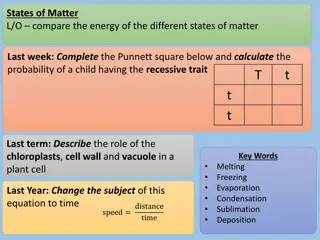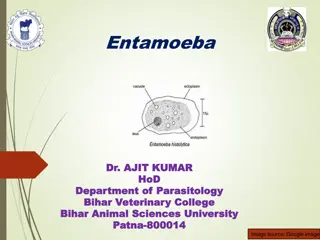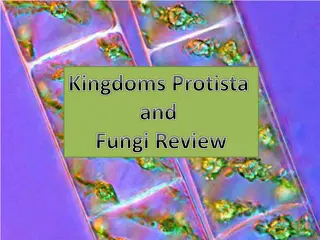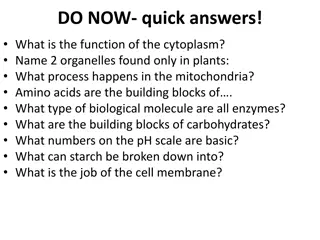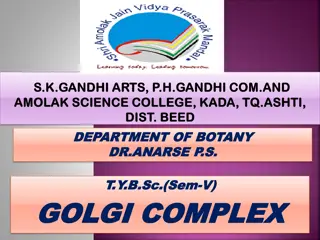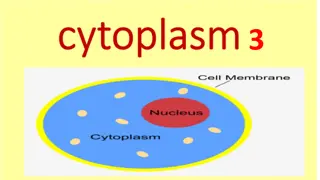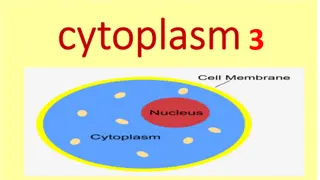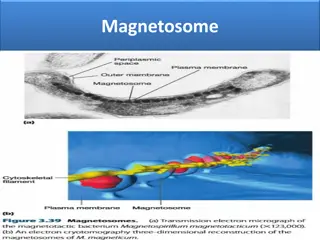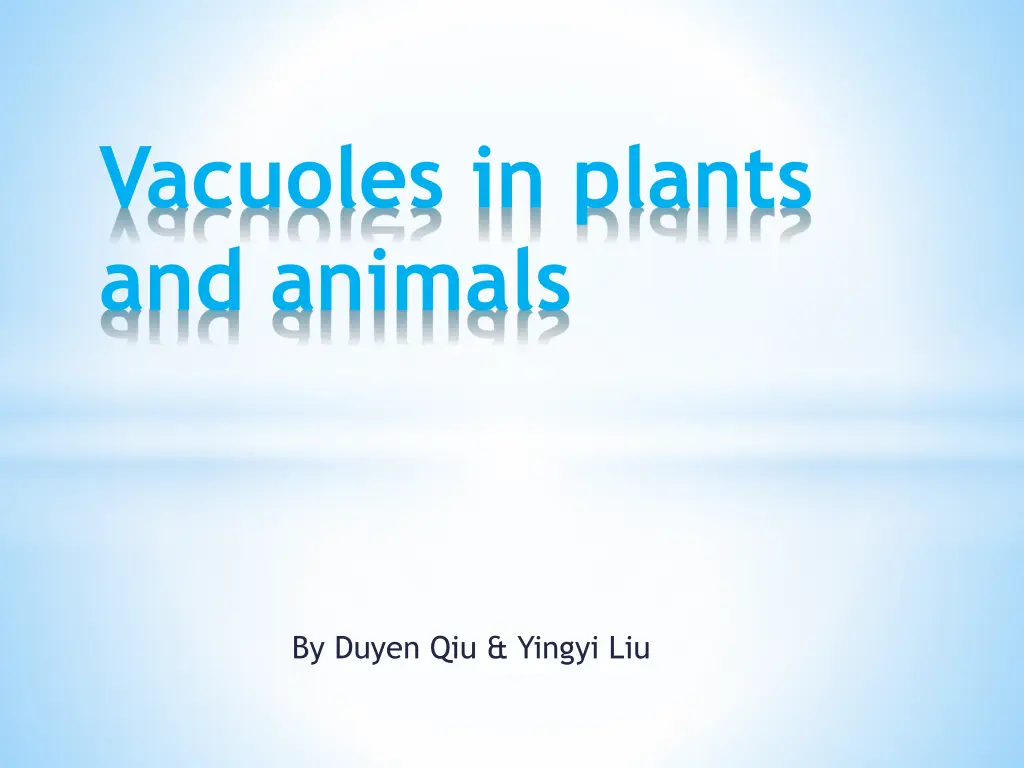
Insight into Vacuoles in Plant and Animal Cells
Explore the fascinating world of vacuoles, large vesicles essential in plant and animal cells. Learn about their origin, functions, and differences between animals and plants. Discover how vacuoles store food, water, and waste, as well as their role in maintaining cell balance and protection. Unveil the unique features of vacuoles in unicellular eukaryotes living in freshwater environments. Dive into the importance of vacuoles in cellular processes and organism survival.
Download Presentation

Please find below an Image/Link to download the presentation.
The content on the website is provided AS IS for your information and personal use only. It may not be sold, licensed, or shared on other websites without obtaining consent from the author. If you encounter any issues during the download, it is possible that the publisher has removed the file from their server.
You are allowed to download the files provided on this website for personal or commercial use, subject to the condition that they are used lawfully. All files are the property of their respective owners.
The content on the website is provided AS IS for your information and personal use only. It may not be sold, licensed, or shared on other websites without obtaining consent from the author.
E N D
Presentation Transcript
Vacuoles in plants and animals By Duyen Qiu & Yingyi Liu
Vacuoles are large vesicles derived from the endoplasmic reticulum and Golgi apparatus. => Vacuoles are an integral part of a cell s endomembrane system.
Animals: absence or multiple small vacuoles. Plants: large central vacuoles.
Plants vacuoles can shrink or enlarge while animal s vacuoles will burst
Vacuoles store foods, water, and waste. Vacuoles also contain organic molecules, digestive enzymes, pigments(attract insects to flowers), and poisonous compounds (protect plants from herbivores).
Many unicellular eukaryotes living in fresh water have contractile vacuoles that pump excess water out of the cell => maintain ions concentration and molecules inside of the cell.

